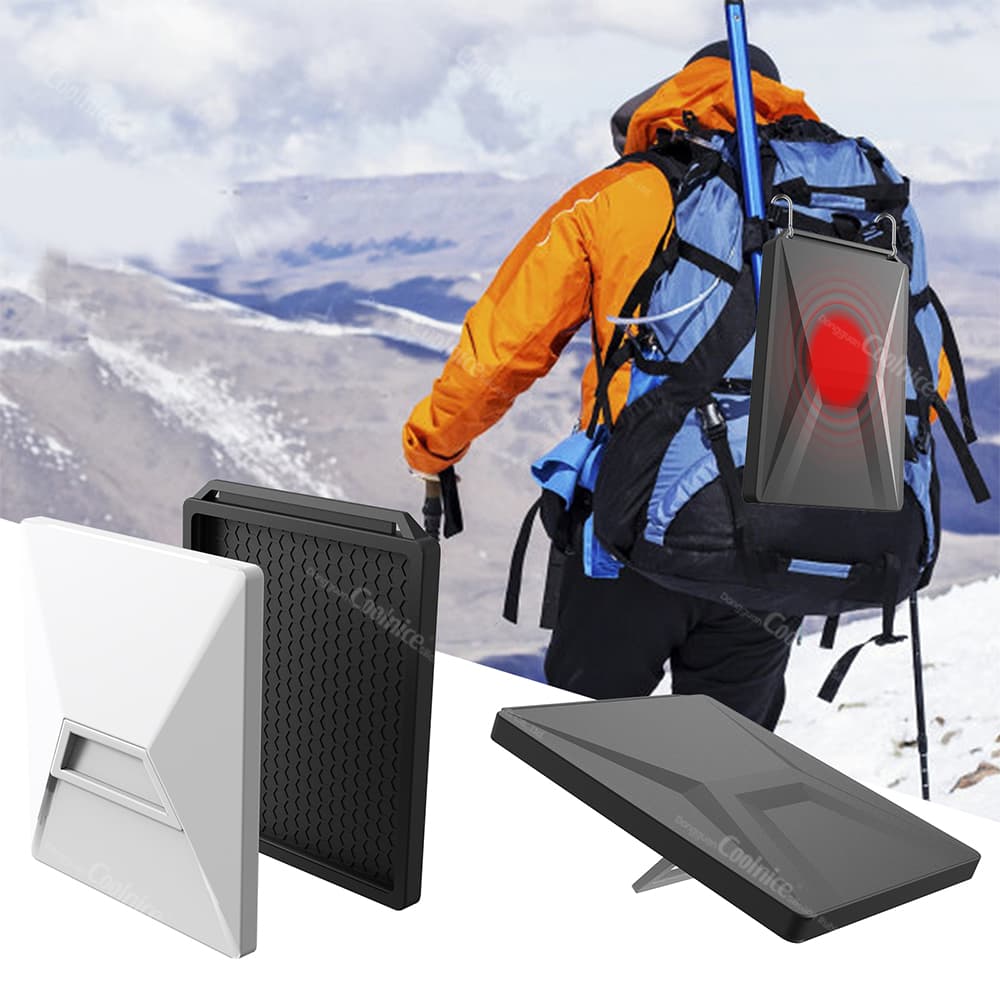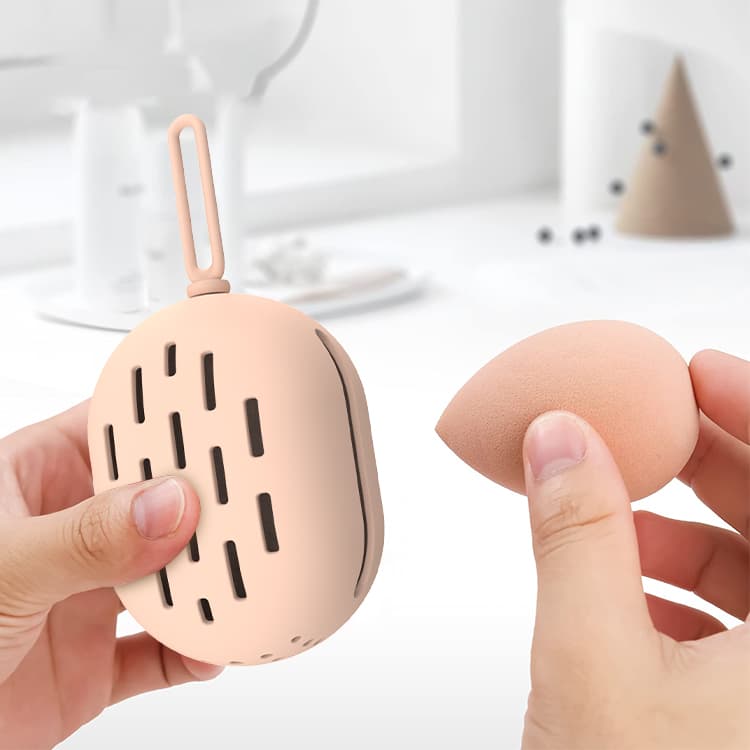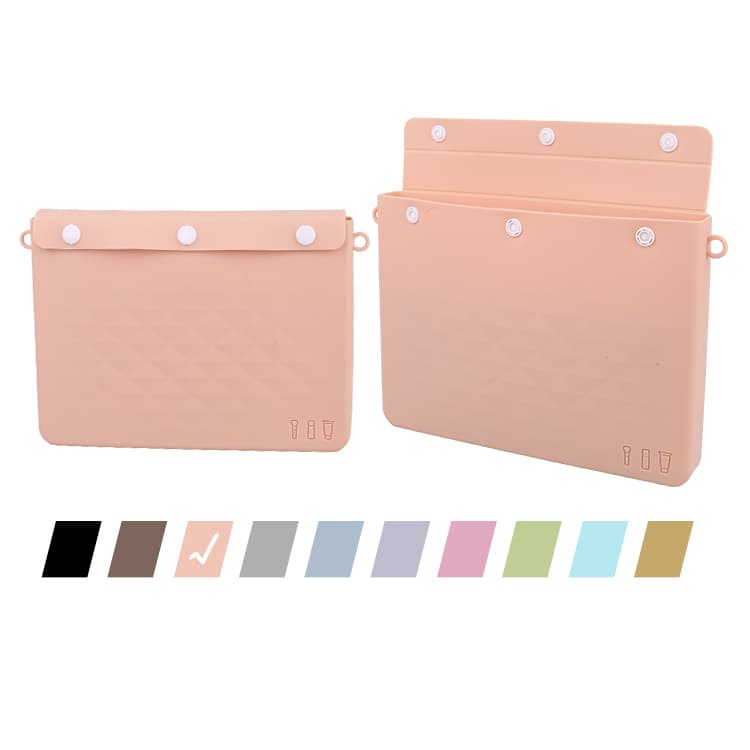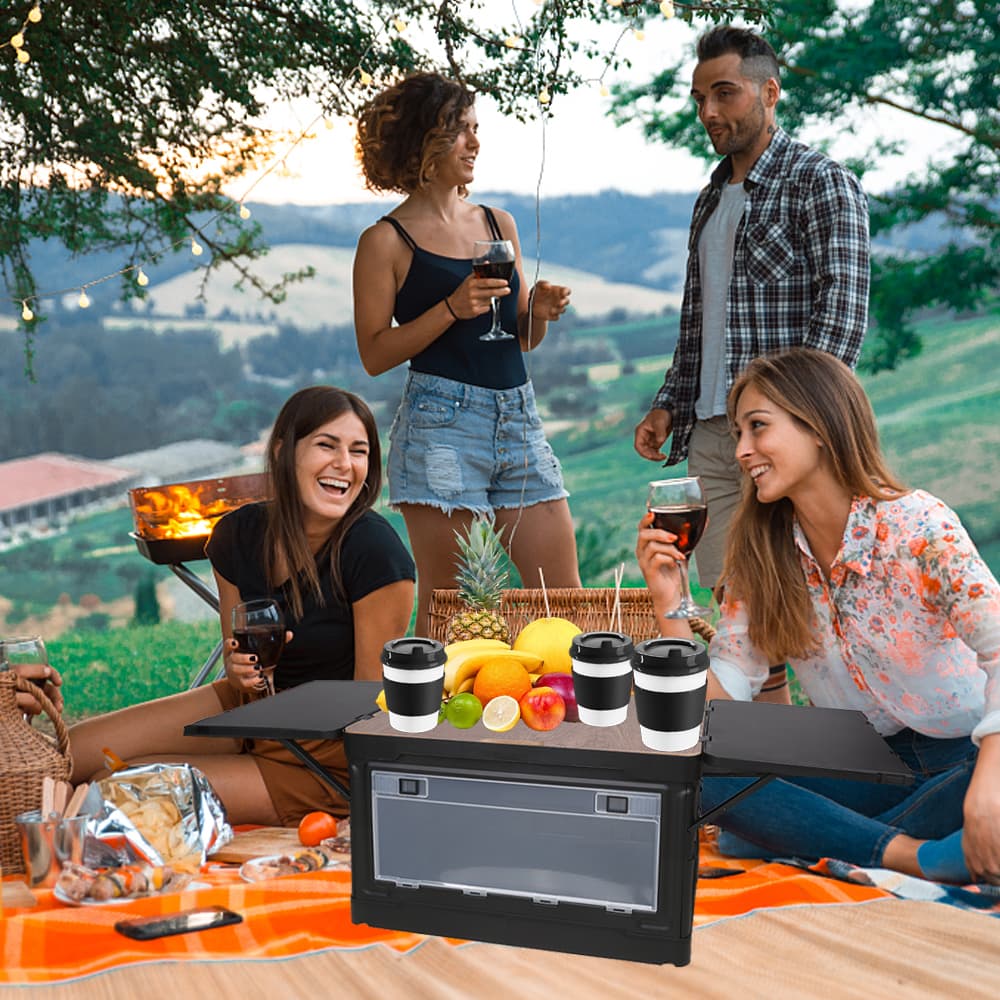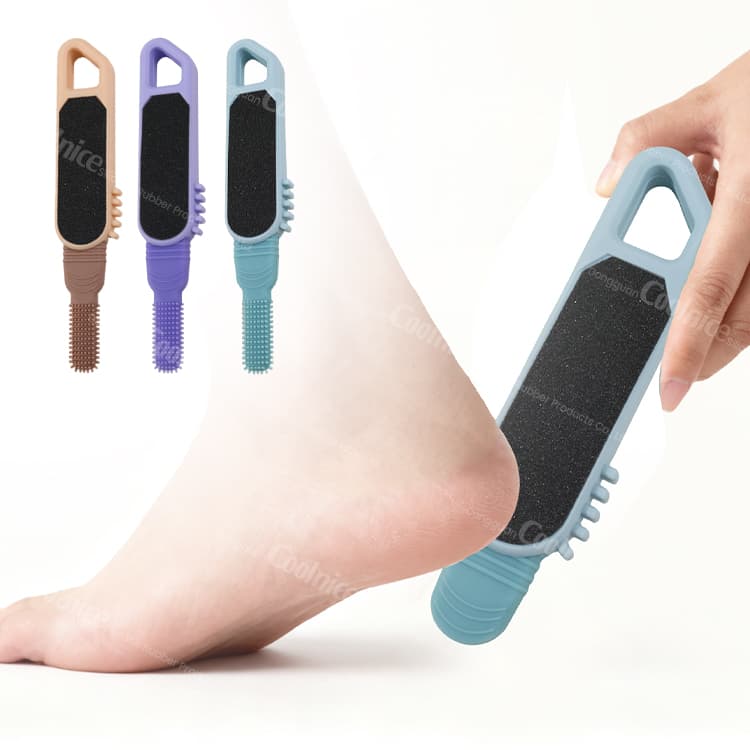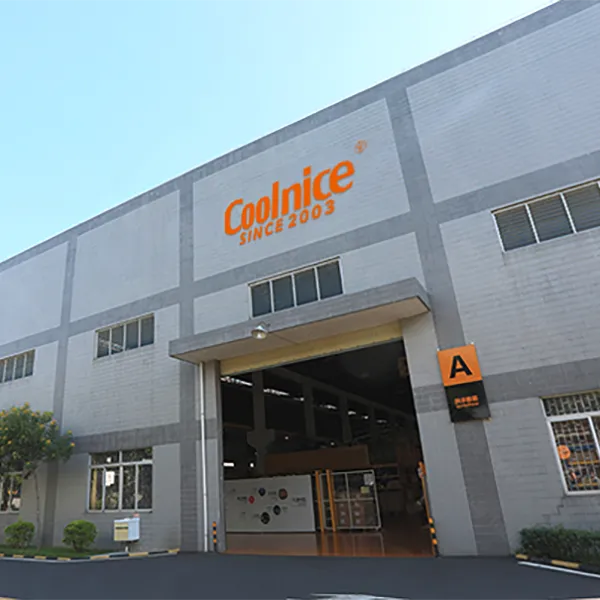Is Silicone Better Than Plastic? An Easy, Honest Guide for Everyday Use
Many shoppers ask the same question in stores and online: is silicone better than plastic? We want safe tools for cooking, baby care, and storage. We also want less waste. This guide explains the facts in plain words so you can choose with confidence.

Silicone and plastic are not the same. They act alike in some ways, but they behave very differently with heat, time, and the environment. By the end, you will know when is silicone better than plastic and when plastic is the smarter pick.
What Is Silicone, and How Is It Different from Plastic? (silicone vs plastic)
Silicone is a flexible rubber-like material made from a chain of silicon and oxygen. The side groups give it bounce and stability. Plastic is made from long chains of carbon. Because the backbones differ, the two materials age and handle heat in different ways.
Silicone stays stable across hot and cold cycles. It does not turn brittle at freezer temps and it keeps its shape in the oven when used within the rated limit. Plastic, however, often warps near heat and may crack when cold. For this reason, many cooks wonder is silicone better than plastic in the kitchen. Often, for high heat, yes.
Silicone is also very inert. In everyday use it resists oils, acids, and sunlight. Many plastics handle oils and cleaners well too, but some absorb odors or stain. As a result, a silicone spatula can last for years with simple care.
Quick contrast (helpful facts)
- Build: Silicone = silicon–oxygen chain; Plastic = carbon chain.
- Feel: Silicone = rubbery and flexible; Plastic = from soft to very rigid.
- Heat: Silicone handles ovens; many plastics do not.
- Cold: Silicone stays flexible; some plastics get brittle.
- Common uses: bake mats, spatulas, seals, baby nipples vs. cups, tubs, rigid boxes.
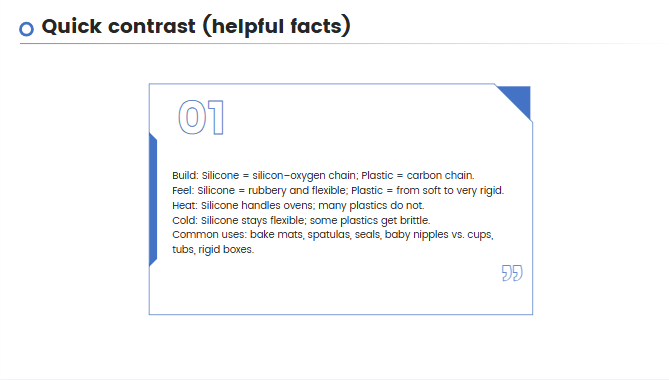
Because of these points, people keep asking is silicone better than plastic for tools that face heat, flex, and repeated wash cycles. In those cases, silicone often wins.
Is Silicone Safer Than Plastic for Cooking and Baby Use?
Parents and home cooks care about safety first. So, is silicone better than plastic when food or a baby’s mouth is involved? The short answer: high-quality food-grade or medical-grade silicone earns trust when used as directed.
![]()
Silicone utensils work well up to the maker’s listed temperature (many list 428°F / 220°C). Use them for stirring, flipping, and baking. Do not put them under a broiler or on an open flame. Plastics vary. Some are food safe at room or fridge temps, yet many soften or warp at stovetop heat. That is why for spatulas and bakeware, people often find is silicone better than plastic to be true.
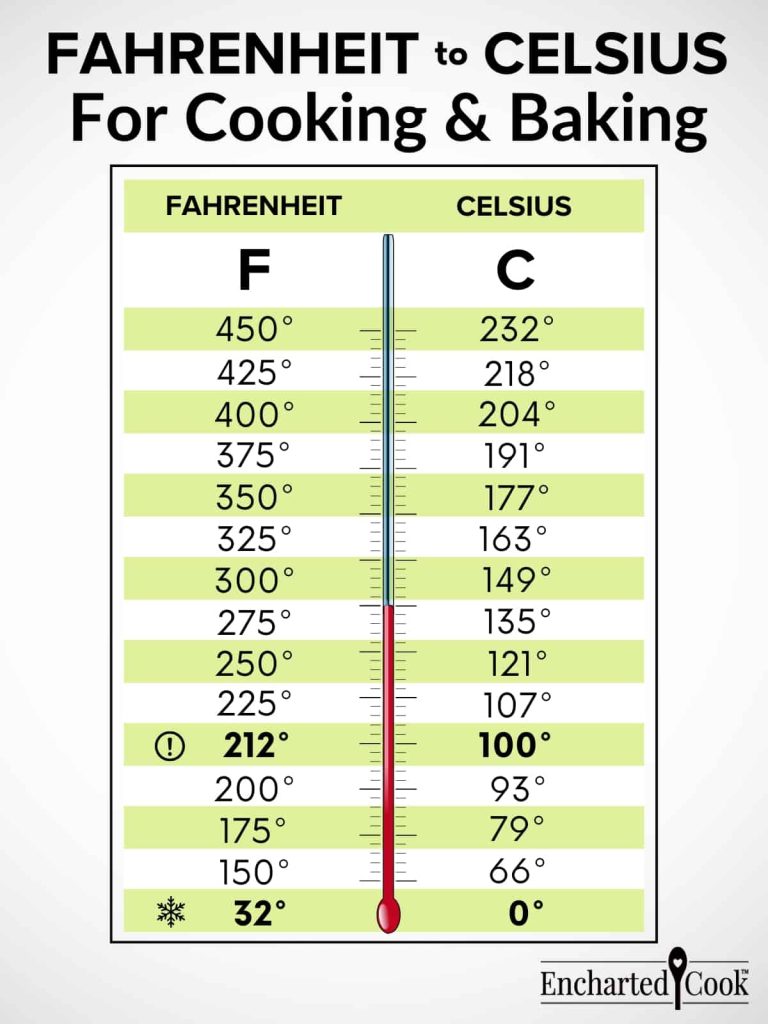
For baby products, medical-grade nipples and pacifiers made from silicone are smooth, durable, and easy to clean. They keep shape after boiling or steam cycles when the brand says it is safe to do so. As always, follow the label. If an item feels sticky, smells strong, or shows cracks, replace it.
Heat & care (supplement)
- Keep silicone within the printed temperature range.
- Hand-wash or top-rack dishwash; avoid harsh scouring.
- Retire items that turn tacky or chalky.
- With plastic, avoid high heat unless the plastic is clearly rated for it.
Because good habits matter, we revisit the question is silicone better than plastic: for hot tasks and repeated sterilizing, silicone usually offers a margin of safety and longer life.
Does Silicone Release Microplastics? What the Evidence Suggests
People worry about tiny particles in food and water. So they ask, is silicone better than plastic with microplastics? Classic plastic items—like old cutting boards and warped spatulas—can shed small plastic bits when scraped or heated. That shedding adds to microplastic load.
![]()
Silicone does not shed the same plastic fibers. However, under very high stress or repeated boiling beyond the label, small silicone particles can appear. These are not the same as common plastic microfibers, but they are still particles. The fix is simple: buy quality silicone and use it within limits. In daily kitchen use, that means no open flame, no dry baking above the rating, and no harsh scrubbing.
How to reduce exposure (supplement)
- Replace scratched plastic boards and warped tools.
- Use silicone or wood spatulas for hot pans.
- Do not over-sterilize silicone baby items; follow the brand schedule.
- Rinse new products before first use.
When you follow these steps, it becomes easier to say is silicone better than plastic for lowering microplastic risk in hot cooking situations—yes, in most homes it is.
Environment: Reuse, Recycling, and End-of-Life (is silicone biodegradable)
Many buyers link “green” with “biodegradable,” so they ask if is silicone better than plastic for the planet. Here is the honest view.
Silicone is not biodegradable. It does not break down in a backyard compost. It can sometimes be recycled through specialty programs, but not through most curbside bins. Plastic is also slow to break down, but some types have wider recycling streams. The big win for silicone is reusability: one liner or spatula can replace dozens of disposable items.
If you buy a silicone bake mat and use it weekly for years, you save paper sheets and throw away fewer warped plastic tools. If you buy a drawer full and barely use them, the footprint grows. In short, is silicone better than plastic for the environment depends on how often you reuse it.
End-of-life tips (supplement)
- Extend life with gentle cleaning.
- Repurpose old pieces as jar openers, shelf pads, or garage gaskets.
- Ask brands about take-back or specialty recycling where you live.
- For rigid storage, consider glass or steel with silicone seals.
When to Choose Silicone and When to Choose Plastic (is silicone safer than plastic)
To make smart choices fast, match the material to the job. This is where is silicone better than plastic becomes a practical checklist.
Pick silicone when:
- You need heat-safe tools: spatulas, whisks, oven mitts, bake mats.
- You want flexible lids, freezer trays, and long-life gaskets.
- You clean often and want a surface that releases oil and resists stains.
Pick plastic when:
- You need light, rigid storage for dry goods or closet bins.
- Heat is not involved and cost is key.
- Your city recycles that plastic type and you will actually recycle it.
Balanced setups that work well:
- Glass or steel containers + silicone seals for leak-proof storage.
- Wood or steel utensils + silicone tips to protect non-stick pans.
- Plastic drawer bins for closets; silicone for hot kitchen tasks.
Because you now have a map, you can decide is silicone better than plastic for each use instead of guessing at the shelf.
Buyer’s Checklist for Quality Silicone (long-tail: silicone vs plastic, BPA-free)
Not all silicone is equal. Use this simple list before you buy.
- Grade: Look for “food-grade” or “medical-grade.”
- Cure type: Many users prefer platinum-cured silicone for low odor and stable performance.
- Label: Clear max temperature and dishwasher guidance.
- Feel: Surface should be smooth, not greasy or dusty.
- Smell: A strong chemical odor is a red flag.
- Brand: Choose makers that share test reports and compliance.
With the right product and care, the answer to is silicone better than plastic for your kitchen becomes a confident yes.
FAQs (extra support for search intent)
Q1. Is silicone a plastic or a rubber?
Silicone is a rubber-like elastomer, not a petroleum plastic. That is why it stays flexible at low temps and stable at higher temps.
Q2. Is silicone BPA-free?
Yes. BPA is linked to some plastics. Silicone does not use BPA and is generally inert in typical kitchen use.
Q3. Is silicone better than plastic for cooking?
For high heat and repeated use, yes. For cool, rigid storage, plastic or glass may be more practical.
Q4. Does silicone release microplastics?
Silicone does not shed classic plastic fibers; however, particles can appear if misused. Choose quality items and follow the label.
Q5. Is silicone biodegradable?
No. It is not biodegradable or home-compostable. Its value comes from reuse and long service life.
Conclusion: A Simple Rule That Works
Here is the rule of thumb that helps most homes: for heat, flex, and frequent use, silicone wins; for rigid, cool storage, plastic or glass is fine. Used this way, the answer to is silicone better than plastic is “yes, for many hot kitchen tasks,” and that smart mix cuts waste and cost over time.
If you want silicone tools that last—bake mats, lids, spatulas, baby items—choose food-grade, clearly labeled products from brands that share test data. With a few wise picks, is silicone better than plastic becomes more than a slogan; it becomes a daily win in your kitchen.





